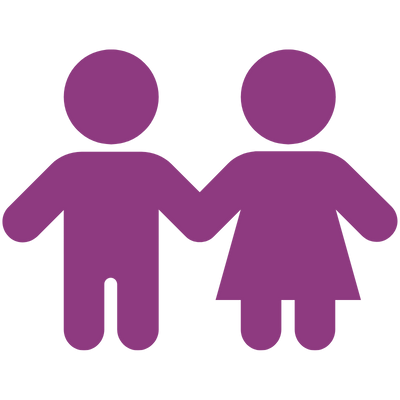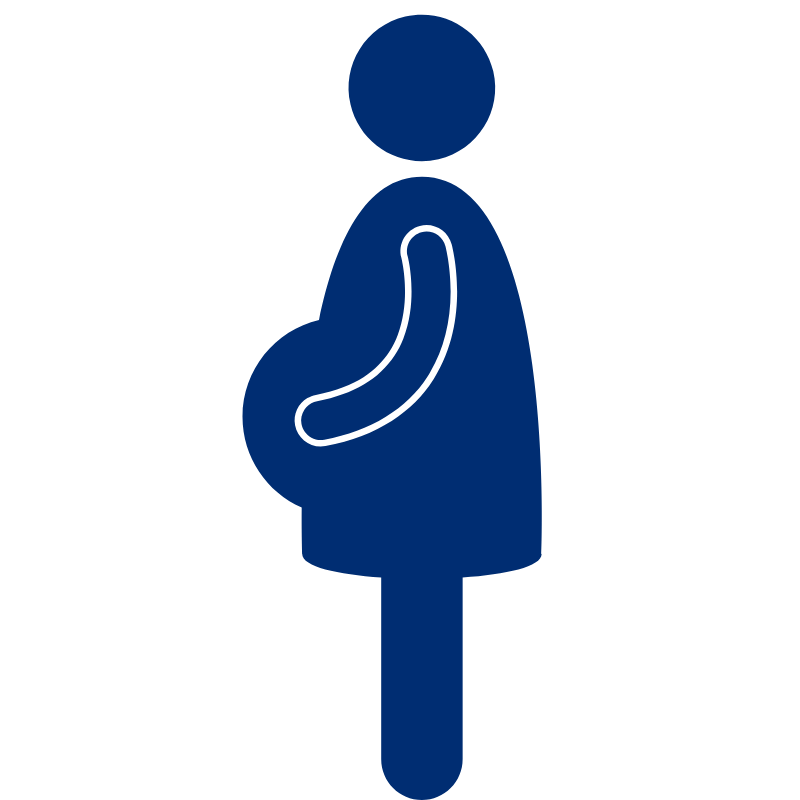
Who are the victims of domestic abuse?
Each year more than 75,000 people in the UK are at imminent risk of being murdered or seriously injured as a result of domestic abuse.
Over 70,000 high-risk adult victims and 96,000 children are discussed at Marac meetings across England and Wales every year.
- 93% of these victims are female
- 7% are male
- 17% are from Black, Asian or racially minoritised communities
- 10% are disabled
- 1.6% are lesbian, gay, bisexual or trans (LGBT)
-
Over 105,000 children
in the UK live in households where there is high-risk domestic abuse.
-
62% of high-risk victims
and 65% of medium risk victims have children, on average 2 each.
-
Over a quarter
(27%) of children in high-risk domestic abuse households are under 3 years old.
On average, high-risk abuse has been going on for 2.6 years, meaning these children are living with abuse for most of their life.
-
78% of children
living in domestic abuse households are directly harmed by the perpetrator of the abuse,
in addition to the harm caused by witnessing the abuse of others.
Children and domestic abuse
Domestic abuse affects the whole family. In the Domestic Abuse Act 2021 it was finally recognised that children who experience domestic abuse are victims in their own right.
-
 Gender:
Gender:Women are much more likely than men to be the victims of high risk or severe domestic abuse: 93% of those going to Marac in Great Britain and 95% accessing an Idva service are women
-
 Low income:
Low income:Women in households with an income of less than £10,000 were 3.5 times more at risk than those in households with an income of over £20,000.
Walby, S. & Allen, J. (2004). Domestic violence, sexual assault and stalking: findings from the British Crime Survey. Home Office.
-
 Age:
Age:Younger people are more likely to be subject to interpersonal violence. The majority of high-risk victims accessing an Idva service are in their 20s or 30s2. Those under 25 are the most likely to suffer interpersonal violence
Walby, S. & Allen, J. (2004). Domestic violence, sexual assault and stalking: findings from the British Crime Survey. Home Office.
-
 Pregnancy:
Pregnancy:Nearly one in three women who suffer from domestic abuse during their lifetime report that the first incidence of violence happened while they were pregnant
Lewis, G, Drife, J, et al. (2001) Why mothers die: Report from the confidential enquiries into maternal deaths in the UK 1997-9. RCOG Press
-
 Separation:
Separation:Domestic violence is higher amongst those who have separated, followed by those who are divorced or single
Walby, S. & Allen, J. (2004). Domestic violence, sexual assault and stalking: findings from the British Crime Survey. Home Office.
-
 Previous criminality of the perpetrator:
Previous criminality of the perpetrator:Domestic abuse is more likely where the perpetrator has a previous conviction (whether or not it is related to domestic abuse)
Walby, S. & Allen, J. (2004). Domestic violence, sexual assault and stalking: findings from the British Crime Survey. Home Office.
-
 Drug and alcohol abuse:
Drug and alcohol abuse:10% of high-risk victims of abuse report using alcohol and 6% drugs
-
 Mental health issues:
Mental health issues:Mental health issues: Over 50% of high-risk victims of abuse report mental health difficulties

